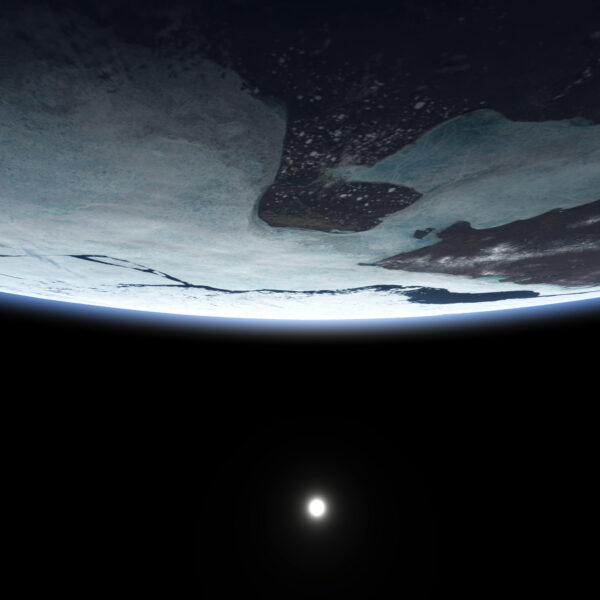
Chemical fingerprints of life have been found on a distant exoplanet by NASA’s James Webb Space Telescope (JWST). It is the “most promising” evidence yet for alien life, scientists say.
These chemicals were detected in the atmosphere of an exoplanet named K2-18b, which is located 124 light-years away from Earth and orbits its star in the habitable zone — the region around a star where liquid water can exist on a planet’s surface — according to a new study published in The Astrophysical Journal Letters on April 17.
On Earth, these molecules — dimethyl sulfide (DMS) and dimethyl disulfide (DMDS) — are only produced by life, such as marine algae and other microbes. Before now, DMS and DMDS hadn’t been definitively detected in the atmospheres of any other planets or moons. While it is theoretically possible for these chemicals to be created without the presence of life, they are considered potential biosignatures on other worlds.
“Writer Fuel” is a series of cool real-world stories that might inspire your little writer heart. Check out our Writer Fuel page on the LimFic blog for more inspiration.

